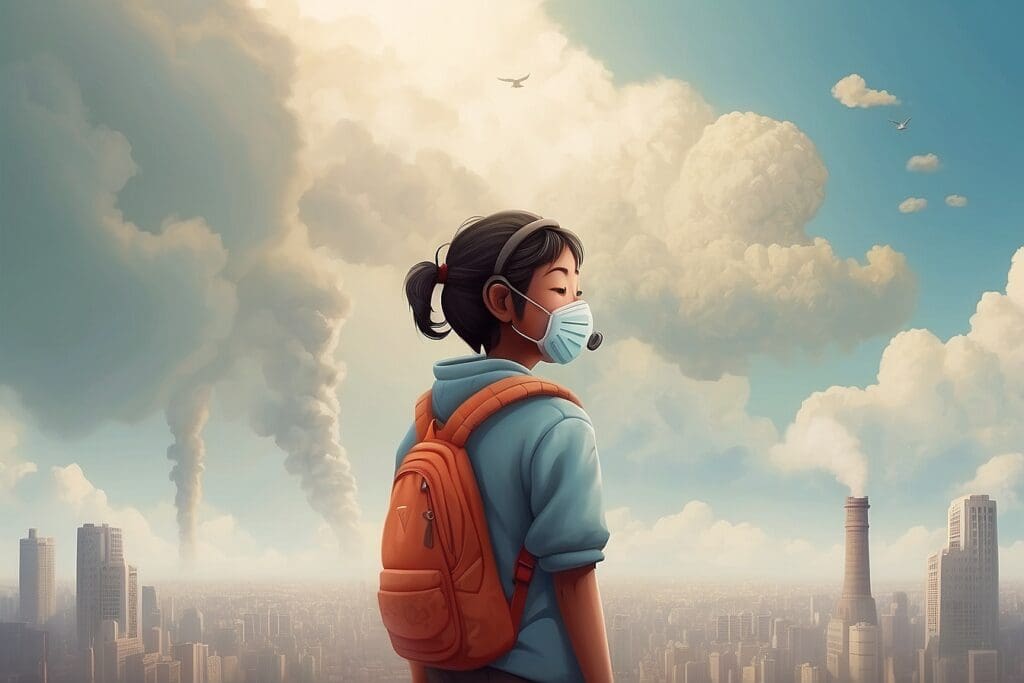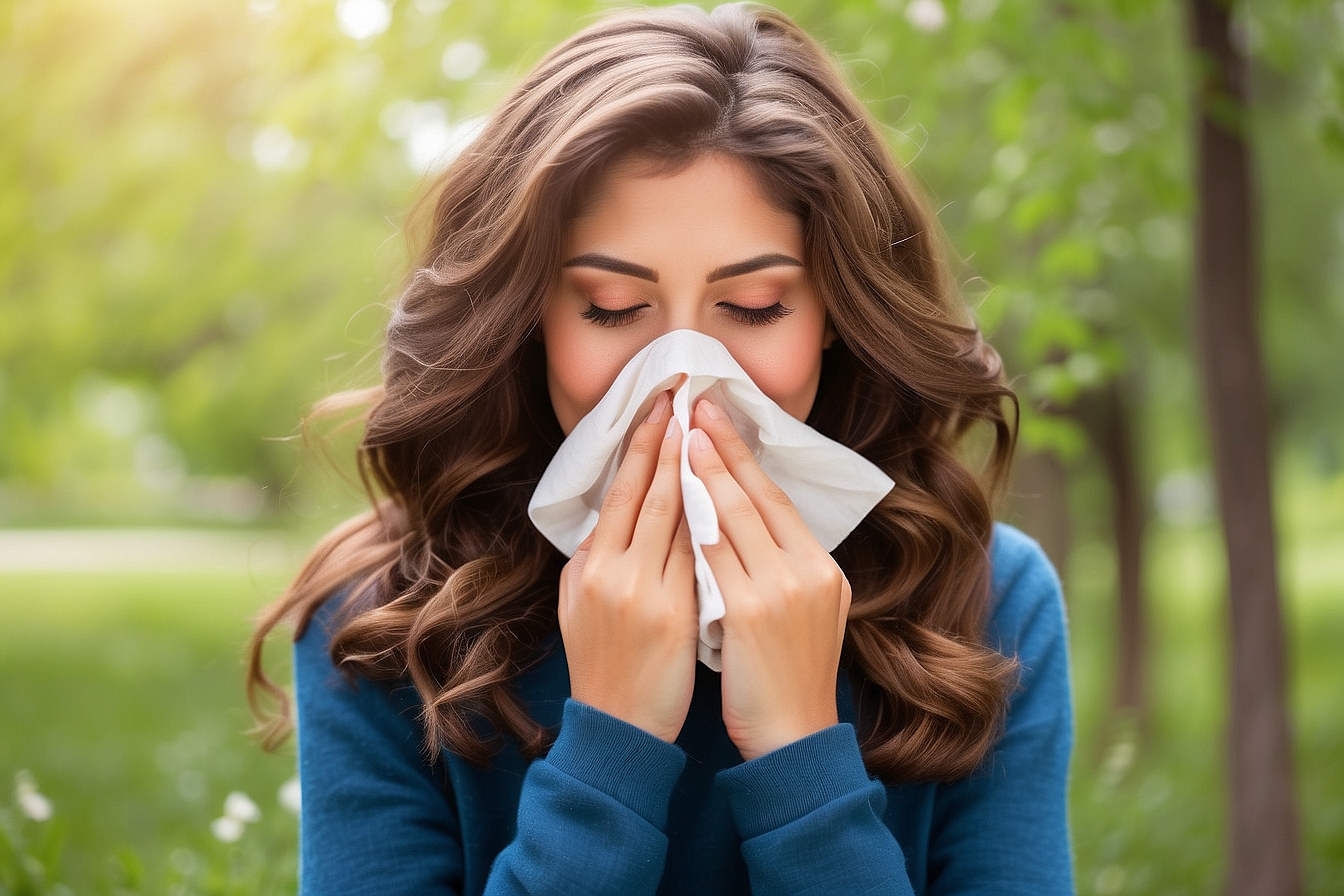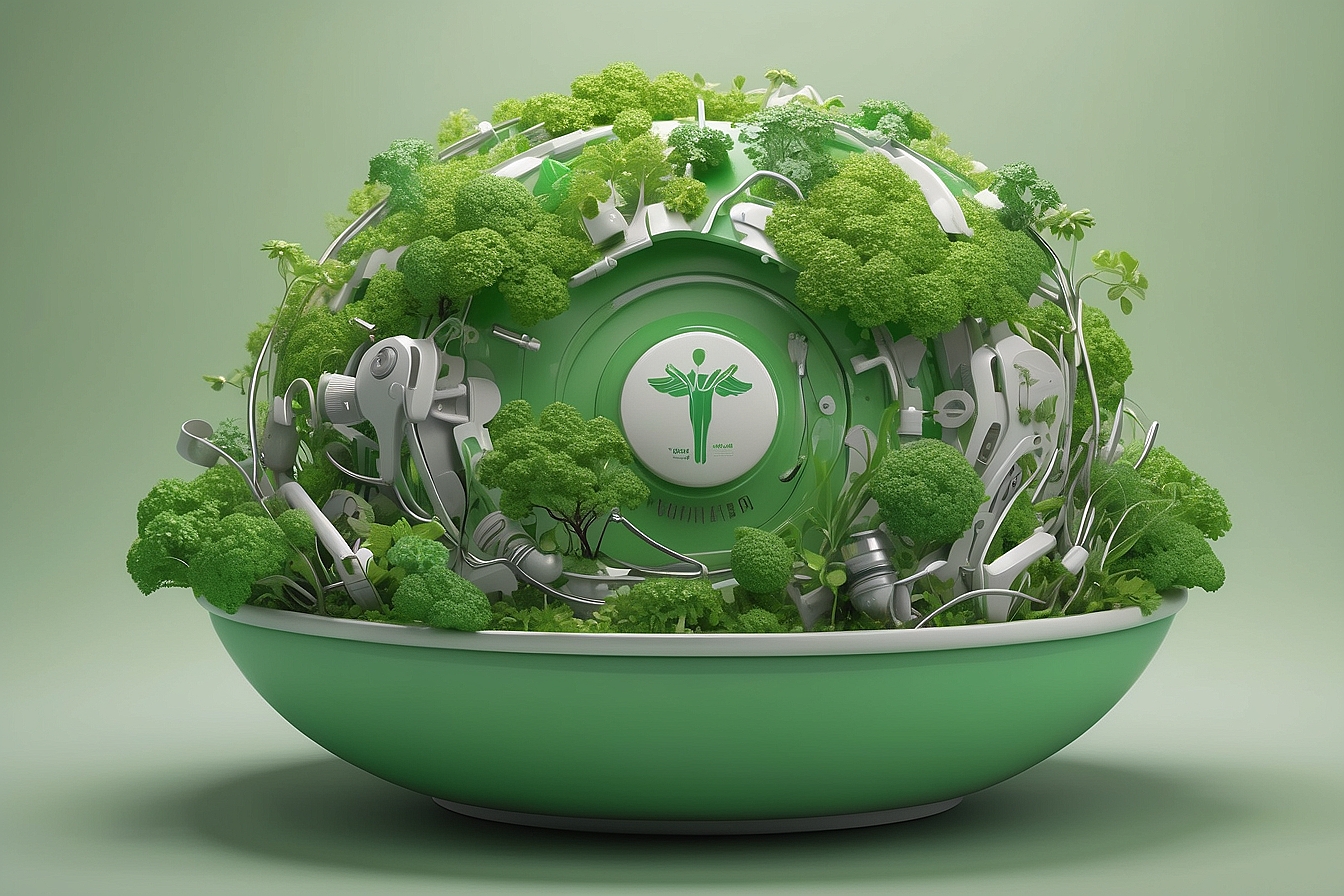It lurks in the skies as smog, builds up in the air to warm the earth and remains invisible to the human eye but lethal to biological organisms. The dark, growing cloud of air pollution looms over our much industrialized global village with toxic effects on our environment and public health. But what exactly is all the talk about, and why are we in a position to be concerned?
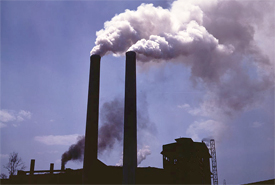 2Simply put, air pollution is the contamination of air in our atmosphere by harmful gases or particulate pollutants that are primarily man-made in nature. I say man-made because you would be surprised by the amount of methane, a type of greenhouse gas, cows release into the atmosphere each year. Out of the estimated 14% of greenhouse gas contributions by agriculture, a majority of this pollution comes from the rear side of cows1. All jokes aside, this is a very small amount compared to the deleterious environmental effects of man-made pollutants emitted into the air in various forms such as sulfur dioxide (SO2), ozone (O3), and nitrogen dioxide (NO2), to name just a few.3
2Simply put, air pollution is the contamination of air in our atmosphere by harmful gases or particulate pollutants that are primarily man-made in nature. I say man-made because you would be surprised by the amount of methane, a type of greenhouse gas, cows release into the atmosphere each year. Out of the estimated 14% of greenhouse gas contributions by agriculture, a majority of this pollution comes from the rear side of cows1. All jokes aside, this is a very small amount compared to the deleterious environmental effects of man-made pollutants emitted into the air in various forms such as sulfur dioxide (SO2), ozone (O3), and nitrogen dioxide (NO2), to name just a few.3
Although the environmental effects have been severe, namely in the progression of ocean acidification , and the growth of more extreme climatic conditions.6
As important as greenhouses gases are in the major issue of global warming, it only tells half the story of possible pollutants that are released into the atmosphere on a daily basis. Air pollution actually encompasses a vast range of pollutants that are responsible for various physiological and environmentally damaging effects. Let’s take a deeper look at these various pollutants that we collectively refer to a “air pollution.”
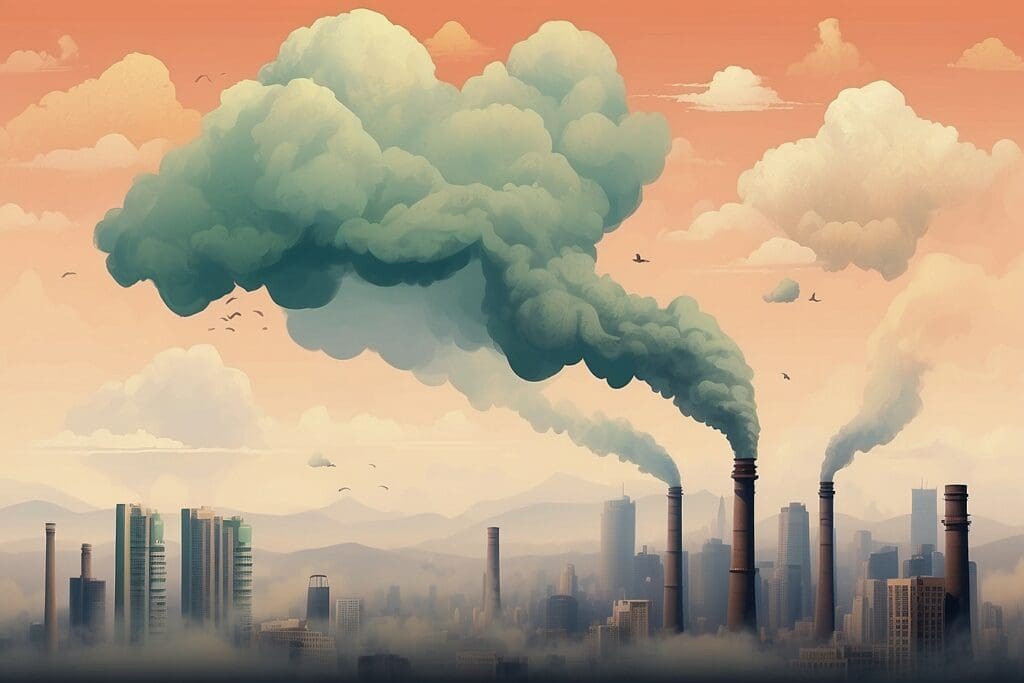
Outdoor Air Pollutants: There are actually two general classes of air pollutants, particulate pollution and noxious gas pollution.8
- Particulate pollution usually refers to air pollution caused by particulate deposition of particles less than 2.5 micrometers in diameter9 and results from the burning of fossil fuels in automobiles, homes, and industries. Since this kind of emission is usually the result of black soot forming combustion, another name for this is black carbon pollution. Particulate pollution includes a subcategory of pollutants known as PMs that may include small amounts of asbestos and lead. This will be discussed further in this article.
- Another broad category of pollutants called noxious gas pollutants includes atomic compounds such as sulfur dioxide (SO2), carbon monoxide (CO), and nitrogen oxides (NOx). These compounds can affect us either directly by interfering with biochemical processes in the body or indirectly by reacting with various atmospheric gases and water particles to form secondary air pollutants.10 Sulfur dioxide and nitrogen oxides are also largely responsible for a phenomenon known as acid rain , in which these oxides dissolve in atmospheric cloud water to form highly acidic solutions of sulfuric and nitric acid. The term “acid rain” literally describes the condition as a deposition of acidic water that tends to damage buildings and greatly affect wildlife that is sensitive to changes in acidity.11
Indoor Air Pollutants: Although the issue of pollution outdoors is conceivable and ever present in our daily lives, we rarely ever think about a further categorization of air pollution that occurs indoors. Indoor activities such as smoking and cooking can also produce noxious and particulate fumes that, when combined with outdoor pollutants, can lead to hazardous effects. The primary indoor pollutants are usually radon (radioactive gas), carbon monoxide, mold spores, lead, household pesticides, and tobacco smoke.12
Origins of Air Quality Management
In previous eras, particularly the early and middle 20th century when the modern post war industrial revolution was in place, several key events demonstrated the need for air quality standards on a massive scale. We go back to a time when there was certainly no industrial legislation in place nor living guidelines that prevented families from burning coal and filling the house and neighborhood with nasty soot. During the particularly cold winter of 1952 in London, families were driven to burn even greater amounts of coal that was predicted to dissipate into the atmosphere without causing much harm. Tragically, soot particles from homes and industry began to get trapped in the atmosphere due to a temperature inversion that kept warm air in the upper atmosphere instead of the lower atmosphere. The result of this four day episode of continuous smog killed at least 4000 people, with some estimates being as high as 8000.13
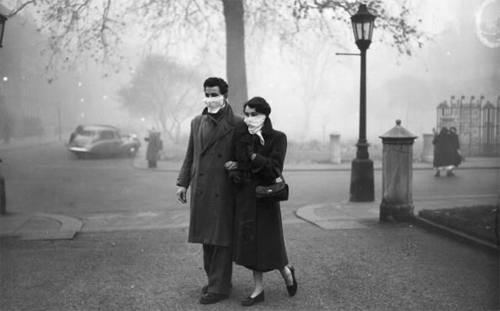 14
14
In the United States, there were several localized incidents during the same mid-20th Century time period. In 1948, smog linked to industrial air pollution lead to the suffocation of 20 people in Donora, Pennsylvania while leaving 7000 people sick from its effects.15 Not only was this a launch board for an environmental movement both in the UK and across the Atlantic, but it also led to various adoptions of environmental standards to maintain an acceptable air quality.16 In the United States in particular, the 1963 Clean Air and 1972 Clean Water Acts collectively identified six main atmospheric pollutants and established guidelines for its control in industry and the household.17
Six Main Atmospheric Pollutants
Particulate Matter (PM): Usually includes microscopic liquid and solid particles suspended in the air such as smoke, dust, and soot which may contain asbestos, fluorides, lead, and mercury.18 There are two general classes for this pollutant which include: 1) particles below 2.5 micrometers which establish the PM2.5 category, and 2) those below 10 micrometers that comprise of the PM10 category of particulates. While smoke, dirt, and dust constitute PM10, PM2.5 is usually more dangerous as it includes many heavy metals and various toxicants. Additionally, PM2.5’s can travel as far as 500 miles across air spaces and travel deep into lungs to cause respiratory disease and lung damage.19 While the burning of combustion engines in developing countries leads to great abundance of these particulates, according to the EPA, PM10’s dropped 38% between the years 1990 and 2010 and PM2.5’s dropped 27% from 2000 through 2010 overall across the U.S.20 Cities without adequate control measures and thus high pollution levels have a much higher incidence of respiratory disease—the mortality rate is 15%-20% higher in cities with high PMs when compared to cities with relatively lower PMs.21 The primary culprit is usually soot emissions from coal combustions or other forms of combustion activities, but also results from heating and cooking within the home using coal or biomass fuels 22.
Ozone: Chemically, ozone would seem to be a relatively harmless species being a compound with three fused oxygen atoms. Unfortunately, the extra oxygen compared to the much harmless oxygen gas (O2) is responsible for a great deal of reactive chemistry that can be harmful if this compound is present in great abundance. Ozone is actually a constituent of smog formed in the lower atmosphere by volatile organics and nitrogen oxides in the presence of Ultraviolet (UV) radiation from sunlight.23 Ozone is more of a secondary pollutant since we don’t detect this gas being directly released from factories, but a series of environmental reactions from various emissions increases ozone levels in the atmosphere. The gas itself is fairly corrosive, and can damage bronchiole and alveoli in the lungs through inflammation. Ozone can also aggravate existing conditions such as asthma and bronchitis.24 On top of this, ozone is even more dangerous to plants and can lead to massive crop losses.25 Don’t get me wrong, we need ozone in our atmosphere to protect us from the sun’s harmful UV radiation and protect humans and other animals from sunburns and skin cancer.26 None of us would be here without ozone, but we need to ensure that ozone stays where it belongs in the upper atmosphere and prevent industrial processes from causing damage in the lower atmosphere where we live and breathe.
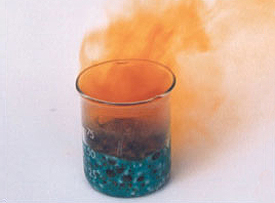 28Nitrogen Dioxide: Nitrogen dioxide is actually a brown gas that forms part of smog and contributes to global warming and associated environmental damage.
28Nitrogen Dioxide: Nitrogen dioxide is actually a brown gas that forms part of smog and contributes to global warming and associated environmental damage.
Carbon Monoxide: Carbon monoxide is a colorless and odorless gas that is usually produced during incomplete combustion events in engines. A great deal of this pollutant is derived from the transportation sector and automobiles, although several industrial processes contribute to its abundance as well.31 As a gas, carbon monoxide is a very nasty substance that will directly and immediately effect biological function. It is no wonder that carbon monoxide detectors are mandatory in U.S. homes these days, as the gas is capable of suffocating individuals while amplifying the effects of pre-existing cardiovascular conditions. The science behind it is relatively simple and involves displacing oxygen gas from the oxygen carrier hemoglobin in the blood stream. While oxygen has a certain binding affinity for the carrier protein hemoglobin, carbon monoxide has an even higher binding affinity for this protein. As a result, carbon monoxide can out-compete oxygen sites in hemoglobin and a person will thereby suffocate unless they are removed from the contaminated area into fresh air and receive immediate medical attention.32
As you can imagine, the prevalence of carbon monoxide is an endemic problem in developing nations such as India and China, where the demand for automobiles often exceeds the available supply. In India alone, statistical figures show a growth in passenger vehicles to be 12.17% with the growth of multipurpose vehicles at an immodest 21.39% during a one year period between April 2007 and March 2008.33 There is, however, some light at the end of the tunnel for U.S. residents where carbon monoxide levels fell 51% since from 2000 to 2010.34 With better environmental monitoring and legislative gains, there is a worldwide expectation in the reduction of carbon monoxide levels in the near future.
Sulfur Dioxide: Like nitrogen dioxide, sulfur dioxide is a major culprit involved in the formation of coal .
An interesting property of sulfur dioxide is its ability to reflect light in the upper atmosphere. As a result, a buildup of sulfur dioxide is often associated with a phenomenon known as global cooling, where the earth’s temperature falls in areas of high sulfur dioxide pollution.39 Sulfur Dioxide levels have fallen 50% since 2000 in the United States40, but they still remain a continual problem for nations relying on cheaper sulfur containing coal. For a related conversation on a phenomenon called “global dimming” read here .
Lead: Last but not least, and singly one of the most dangerous toxicants and pollutant in the atmosphere, lead particles make up the final pollutant on a list of six air pollutants that form the basis of the Clean Air and Water acts. They can be released into the atmosphere from coal combustion, smelters, and even car battery plants. This heavy metal used to be a major culprit in atmospheric pollution in leaded gasoline until the U.S. finally phased it out in 1986.41 Lead used to be found is all paints, but laws were passed outlawing lead from household paints in the U.S. several decades ago. Now, whenever you buy or rent a home built before 1978 in the U.S., there is a strict disclosure requirement and a set of procedures that must be followed. Lead leads the chart in debilitating health effects. Lead can cause mental retardation, renal failure, muscle and joint disabilities, high blood pressure, reproductive problems, and a host of other maladies.42 While lead continues to contaminate our environment and health through a host of products and issues such as old pipes, lead is no longer a major air pollutant. The EPA found that due to laws removing lead from gasoline, lead found in the air in the U.S. was reduced by 94% between 1980 and 1999, and has been further mitigated today.43
More on Air Pollution: While this article has covered air pollution from a general perspective, the matter is further complicated by other classes of pollutants that also tend to have major impacts on our environment. Chloro Flouro Carbons (CFCs) once used in refrigeration and aerosol cans have been linked to the depletion of our ozone layer. In fact, an ozone hole now looms over Antarctica as a testament of this problem.44 Although there may surely be a wide range of pollutants that interfere with the air we breathe on a day to day basis, it is clear that measures must be enacted for a greener and more sustainable future.

